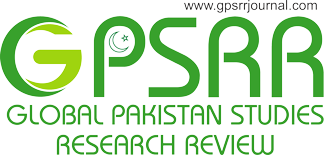
We are really sorry, but the page you requested is missing.. Perhaps searching again can help. Or back to home page
ERROR
404
This page not be found
OR
© 2018 GPSRR - All rights reserved.

We are really sorry, but the page you requested is missing.. Perhaps searching again can help. Or back to home page
This page not be found
OR
© 2018 GPSRR - All rights reserved.